Like the minute repeater and perpetual calendar, the equation of time is a complication rooted in the history of watchmaking, and is therefore a collectors’ favorite. Breguet’s complex new version, introduced at Baselworld 2017, is a triple complication that also incorporates a tourbillon and a perpetual calendar.
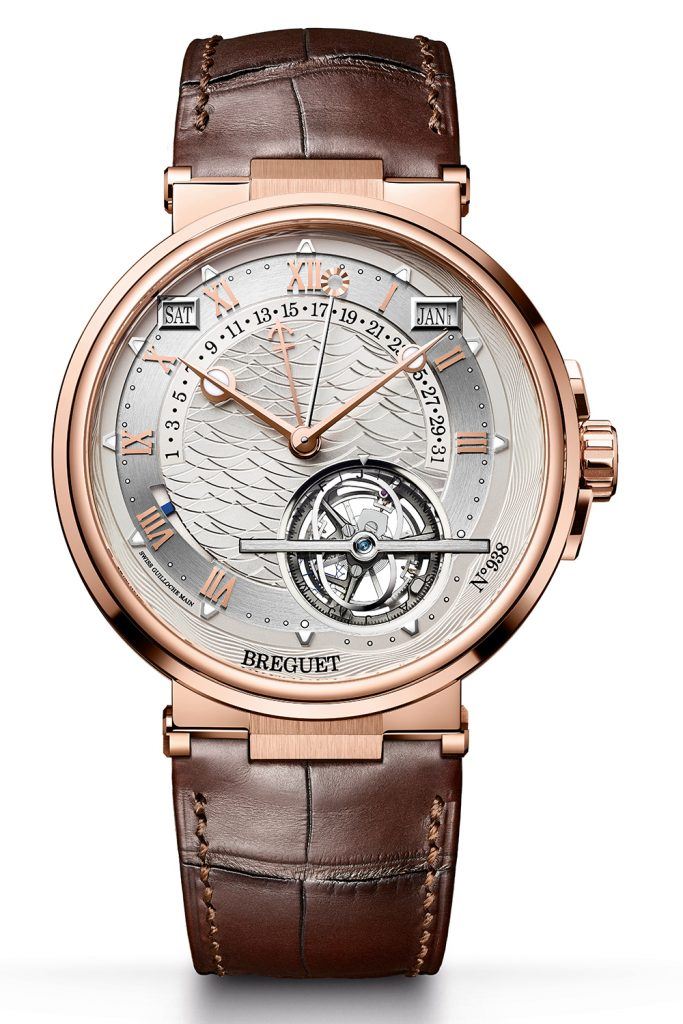
The Breguet Marine Équation Marchante 5887 is unique in that it displays the running equation of time at a glance using a “running” (marchante) central hand on the dial rather than on a subdial that shows the minutes to be added or subtracted to the current civil time. It even displays the cam that controls the equation-of-time function – alongside a tourbillon and a perpetual calendar. It celebrates Abraham-Louis Breguet’s appointment in 1814 as a member of the Bureau des longitudes in Paris, a group of experts who measured the earth’s physical properties. As the official marine chronometer maker to the French Royal Navy, Breguet was a key member of the group.
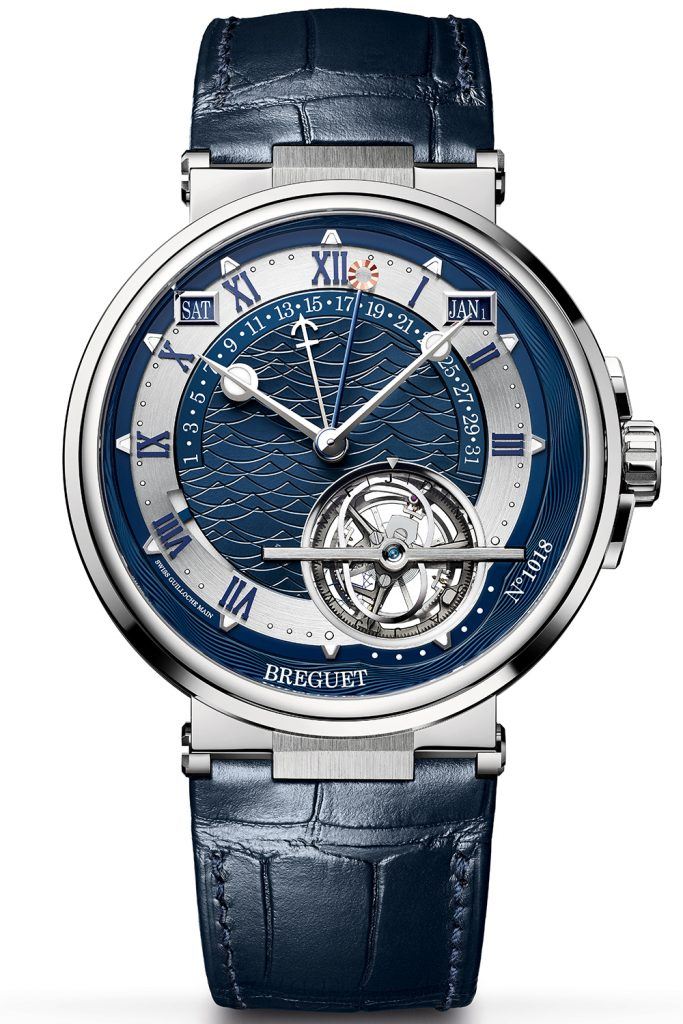
The equation of time is essentially the addition of a sundial to the modern wristwatch. It measures time according to the current position of the sun, by which the length of a day can vary by -16 to +14 minutes compared to average or civil time. The difference is called the equation of time. For practical reasons, man has divided each year into 365 and a quarter days, each day into 24 hours, and the hours into 60 minutes each. However, because the Earth’s orbit is elliptical rather than circular, the time in relation to the sun varies daily. It is exactly twenty-four hours long on only four days: April 15th, June 14th, September 1st and December 24th.
Because these variations occur identically on the same dates, they can be programmed into a watch movement by means of a cam making one complete rotation a year. The cam is often linked directly to a perpetual calendar so that the display of the equation of time always corresponds to the current date. The cam on the Breguet Marine Equation Marchante 5887 is shaped like a figure eight, and visible on the dial through a window that also displays the tourbillon carriage. It runs on a sapphire disk so as not to block the view of the tourbillon.

There are different ways to show the equation of time. Most watches use a hand sweeping a subsidiary dial or arc, graduated from -16 to +14 minutes. Only a few have a running equation of time, which consists of a second minute hand that runs according to solar time, making the difference readable at a glance on the central dial. This hand on the Marine Équation Marchante 5887 is identified by a sun motif. A fourth central hand, tipped by an anchor motif in honor of marine chronometers, indicates the date on a retrograde scale as part of the perpetual calendar function. In keeping with the marine theme, the inner dial is engraved to resemble waves.
The self-winding Caliber 581DPE runs at 4 Hz and includes a 60-second tourbillon with a titanium carriage and a silicon balance. It has an 80-hour power reserve, the status of which is displayed in a very subtle aperture between 7 and 9 o’clock. Thanks to a peripheral rotor, the decorated movement can be seen through the caseback, including bridges engraved to depict a the Royal Louis, a ship in the French Royal Navy, and a barrel engraved with a windrose motif. The crown is topped with a polished B and, in another departure from the traditional Marine design, the fluted case band is more widely grooved. There are two references, one in 18k rose gold, priced at $215,000, and the other in platinum, priced at $230,400, with a blue dial. The cases are 43.9mm wide. It is water resistant to 100 meters.

One of the things that makes this complication valuable and collectible is its rarity: while many brands makes tourbillons and minute repeaters, only a handful make an equation of time, among them Vacheron Consantin, Patek Philippe, Panerai, Jaeger-LeCoultre, Ulysse Nardin, Audemars Piguet — and now, Breguet.
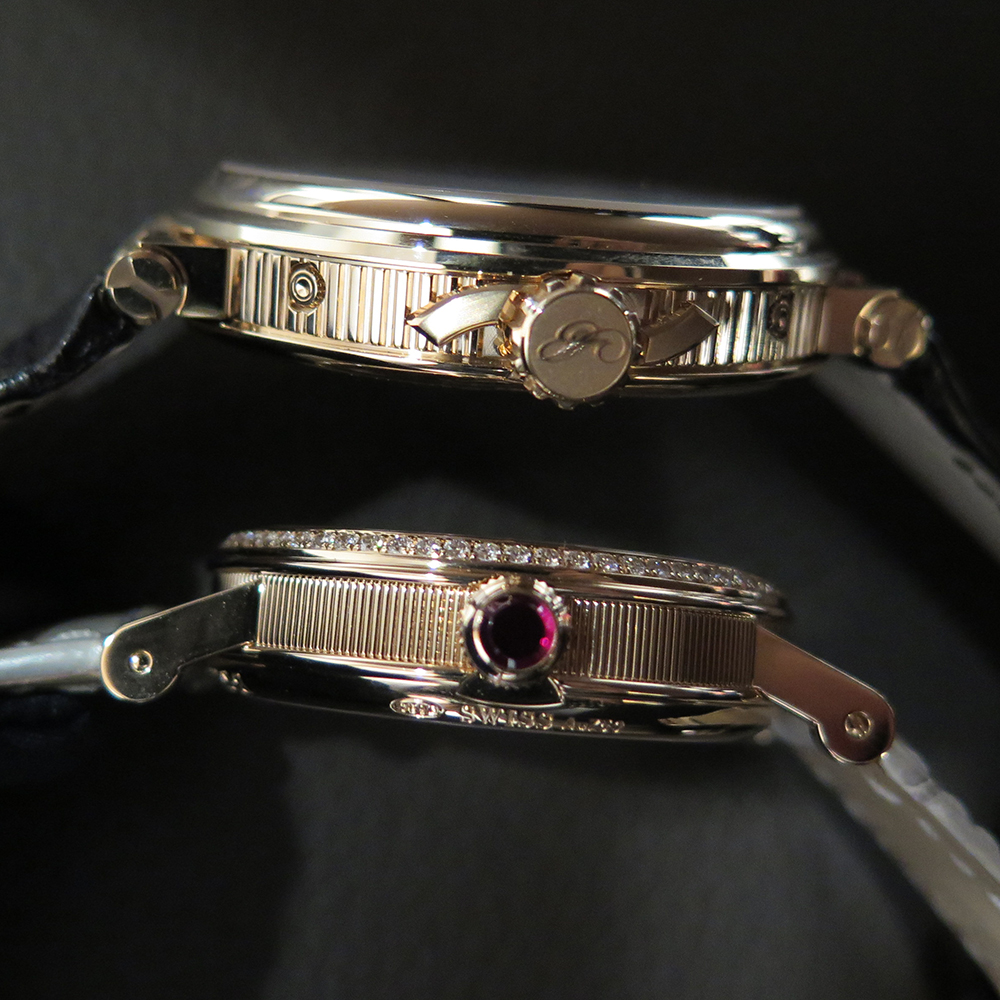
Scroll down for more live pictures taken at Baselworld 2017.
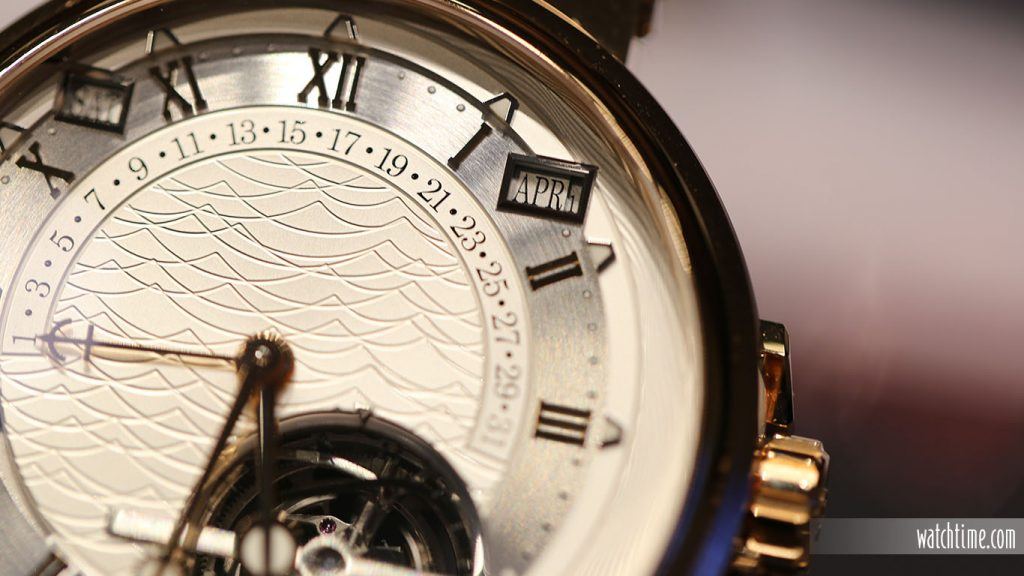
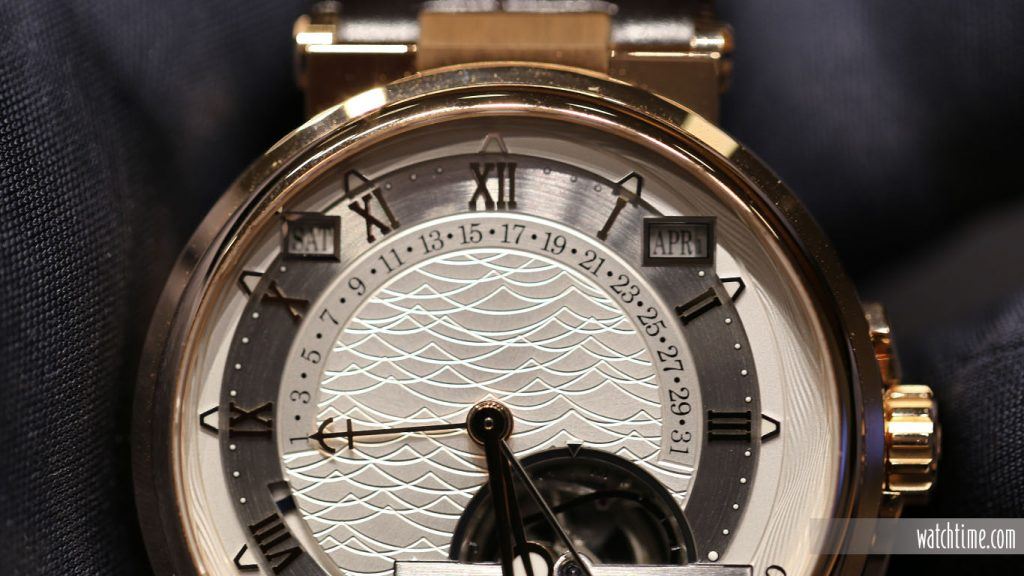
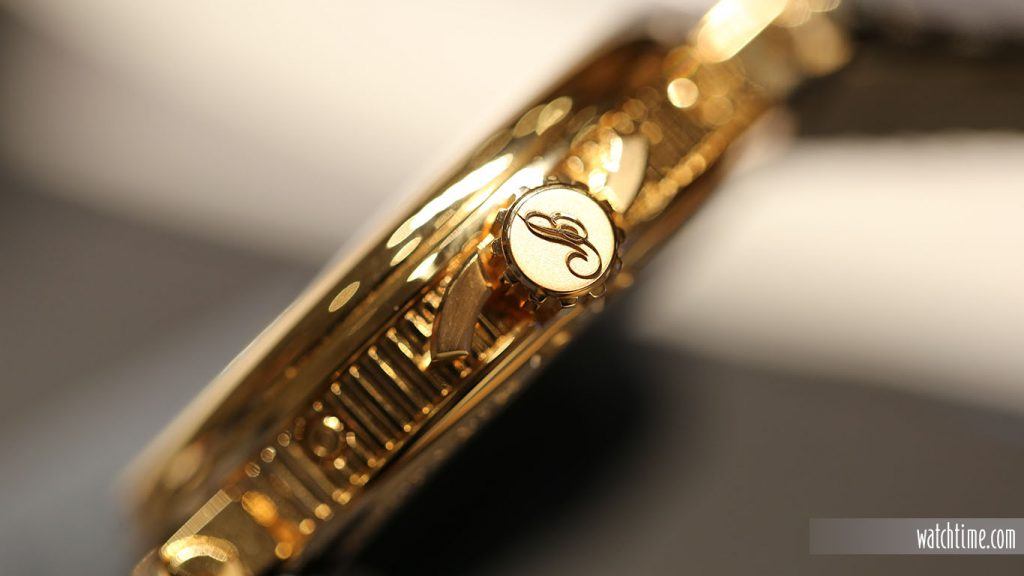
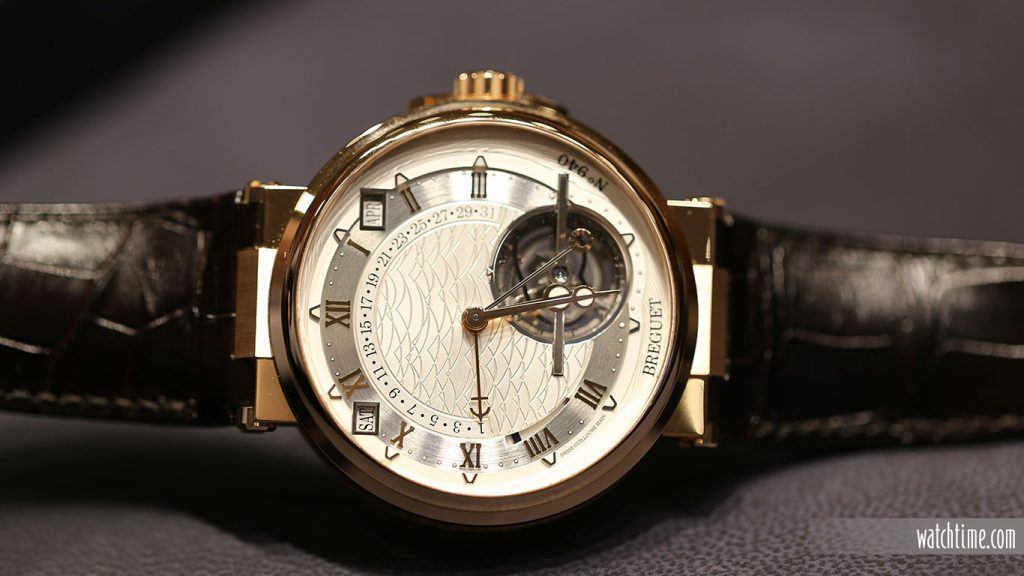
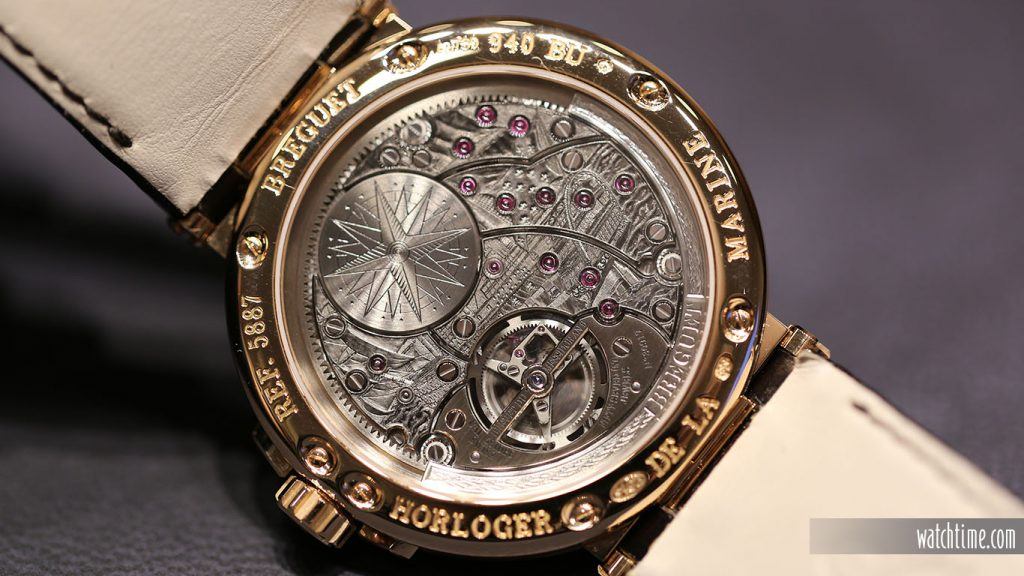
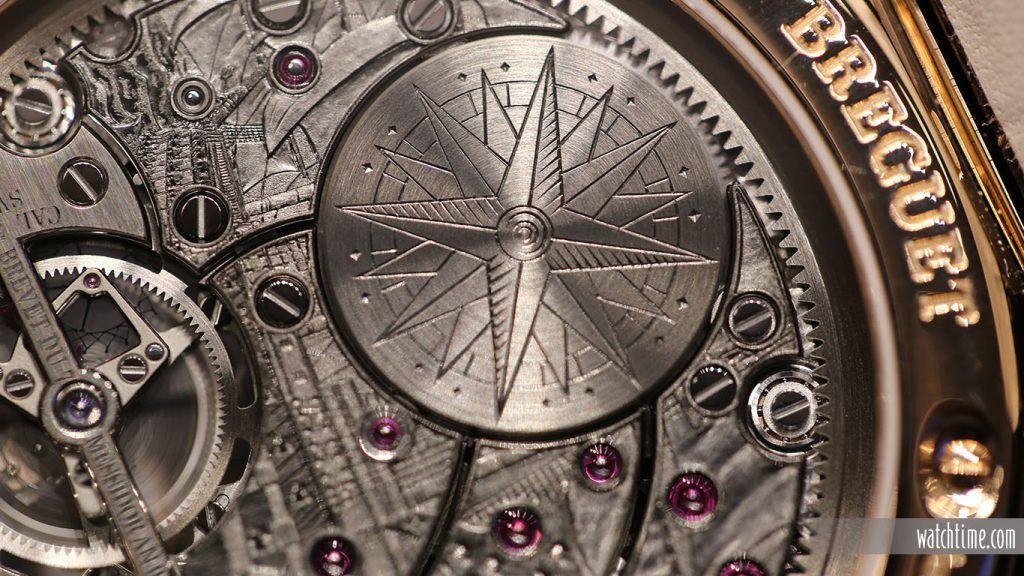

Master piece…one to have. Please let me know the price in Indian currency…where…
Super article and a wonderful watch! I imagine an owner could spend many very happy hours studying and appreciating the craftsmanship. Apropos… As someone who regularly has no idea of the date, and who increasingly has to reach for spectacles to read small (or even medium!) print, would it be possible for some kind of “standard” to be established in watch reviews to report to the effect “the date is displayed in an equivalent of Times New Roman (insert preferred, common font) in 10pt,” so that a potential owner can get a better idea of subdial / display readability?
There is no doubt in my mind that this one of the most stimulating and passionate, rewarding professions in the world that it predicts an answer to calmness and stability in their lives (designers and professional watchmakers. There are no limitations to scope.
Beautiful
This is a wonderful new watch from Breguet and a very interesting and detailed article with excellent photos. Unfortunate that this watch is not offered in yellow gold.
However, the article implies that this is the first Equation of Time watch from Breguet, which is far from the case. Abraham-Louis Breguet himself made a number of watches with this complication over 200 years ago and in more contemporary times, Breguet has been making an Equation of Time wristwatch using the more traditional sub-dial indication for the complication as Ref. 3477BR/1E/986, available in rose gold, yellow gold and platinum since last century.
I do wonder if the newly released watch will replace the older reference or be sold concurrently with the more traditional version.